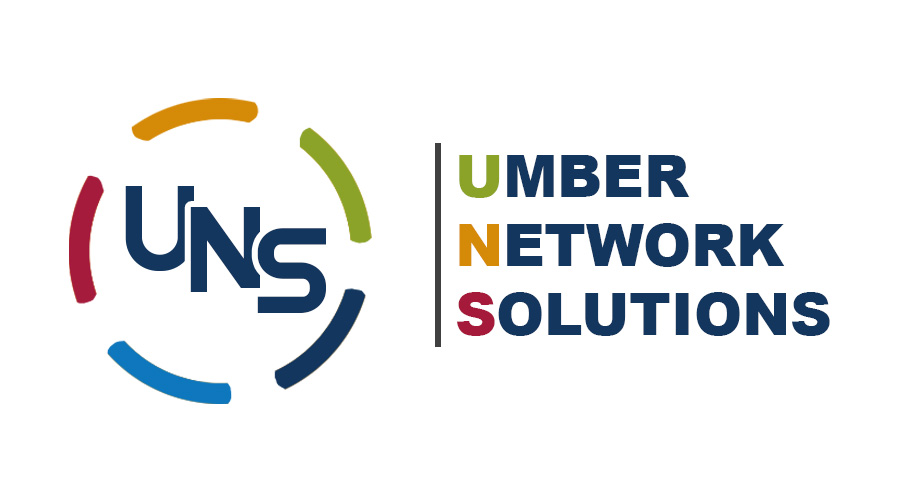
In the article for the month of April, How to gain valuable experience before your first cybersecurity role, I outlined helpful ways to gain hands-on experience before landing your first cybersecurity role. One of these excellent ways is to build your personal projects. But how can this be achieved with ease?. Is there a cost effective approach to implementing new technology on a limited budget?. One solution, is open-source cybersecurity tools.
What Are Open-Source Cybersecurity Tools?
The term open-source software was first introduced in the late 1990s. It describes a type of software which makes its source code or the “brain” behind the software available to the public for use, distribution and modification. The principle behind this software development approach is the belief that software should be freely available to anyone interested in using, studying and improving it. This differed with the industry accepted practice of having software copyrighted and owned by the original software developer. This practice is called closed sourced or proprietary software development.
Open-source cybersecurity tools make it easy for professionals to put their knowledge and skills to good use. It helps organizations of various sizes reduce the risks of cyber-attacks while saving money at the same time. Because open-source software is often reviewed and examined by several experts, it makes them safe and secure to use. Open-source cybersecurity tools are not free from bugs, errors and other developmental flaws but these deficiencies are quickly remedied. It has a community of experts that makes knowledge sharing and support available. This is usually through forums and other collaborative efforts.
Now, whether you are looking for defensive tools, offensive tools or cryptographic technology, there are high quality open-source versions available to use at no cost. For every copyrighted cybersecurity software in use, there is most likely, an equally good open-source version available. These include vulnerability assessment tools such as Nmap and Sqlmap. Cryptographic tools such as VeraCrypt and GNU Privacy Guard and network analysis tools such as Wireshark and Snort.
Top 3 Open-Source Cybersecurity tools to try out
There is a saying that experience is the best teacher so here are three open-source cybersecurity tools for you to try. These tools are widely accepted in the industry. They have proven to be valuable and efficient in their respective areas of expertise, and will surely meet and exceed your personal and organizational needs.
Kali Linux
Kali Linux is an open-source penetration testing platform which enables experienced and inexperienced professionals to perform tasks such as security research, reverse engineering, computer forensics and penetration testing.
Hailed as the most advanced penetration testing platform, it can be easily optimized to meet your specific needs. It contains a wide range of security tools such as Aircrak-ng, Burp Suite, Hydra, Maltego, John the Ripper, Empire and many more. In addition, Kali Linux is made available in various environments such as, undercover, cloud, bare metal, mobile applications, containers, virtual machines, USBs, and WSL (Windows Subsystem for Linux). The comprehensive nature of the platform ensures that it’s tools cover everything from reconnaissance to reporting.
AlienVault OSSIM (Open-Source Security Information and Event Management)
AlienVault OSSIM is trusted by security professionals all over the world. It aggregates and analyzes security data from different sources to identify potential security threats in real time. More especially, it provides network control and security visibility in the areas of asset discovery, vulnerability assessment, intrusion detection, behavourial monitoring and event correlation. It has a single server deployment design and performs security monitoring in an on-premises physical and virtual environment.
AlienVault OSSIM is powered by the Open Threat Exchange (OTX) program. This is an open threat intelligence community with professionals who contribute millions of threat indicators to it daily. It is also backed by a community of industry experts who provide support through product forums.
OpenVAS
The Open Vulnerability Assessment Scanner (OpenVAS) was developed by Greenbone in 2006. It is designed to rapidly identify weaknesses in IT systems and networks, assess risks, and make recommendations for remediation. Its design consists of an executable applications scanner that runs tests against target systems, the Greenbone vulnerability management daemon and the Greenbone security assistant daemon.
OpenVAS makes use of the Greenbone community feed which contains many vulnerability tests and daily updates which it uses to continuously identify new vulnerabilities. It is supported by a security response team, product documentation and a community response forum.
Next Steps
Open-source cybersecurity tools are powerful enough to get you started on any ad-hoc or enterprise security project. Save yourself and your organization from spending money on expensive cybersecurity security tools you may not need. Finally, enhancing your skills with open-source products is one of the smartest things to do today.



